General Information.
A basic introduction to solar water pumping systems .
A solar pumping system involves using solar energy to pump water from a source on the surface (lakes, rivers, streams, reservoirs) or from inside a well, to your fields to irrigate your crops. Solar water pumps are widely to supply well water and upstream sources to livestock/crops. In Africa, the use of solar-powered water pumps has become increasingly popular in commercial farms due to the high cost of fuels for running pumps. The cost of pumping water using solar energy is very low compared to fue-powered pumps.
Components of a solar water pumping system.
Source of water
- Surface water such as rivers, springs, ponds, ponds, lakes
- Wells or Boreholes: either hand-dug or drilled.
Pump
- This is the heart of the solar pumping system.
- There are two main pumps from Tulima Solar;
- Surface Pumps for use with surface water sources and
- Submersible pumps for use with wells or boreholes.
Solar Power
- The solar panels provide the power to run the pump.
- The number of panels determines the amount of water the pump will produce, depending on the power range of the pump.
Surface & Submersible Water Pumps Allow farmers to farm year-round and increase the size and quality of their harvest. .

Surface Pump.
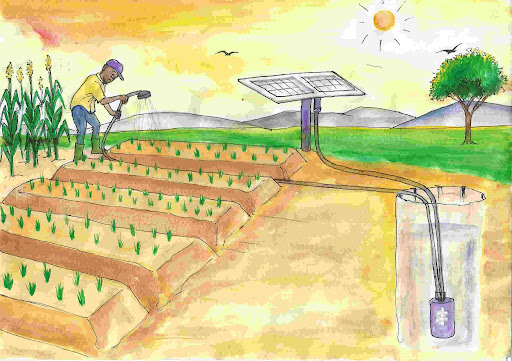
Submersible Pump.
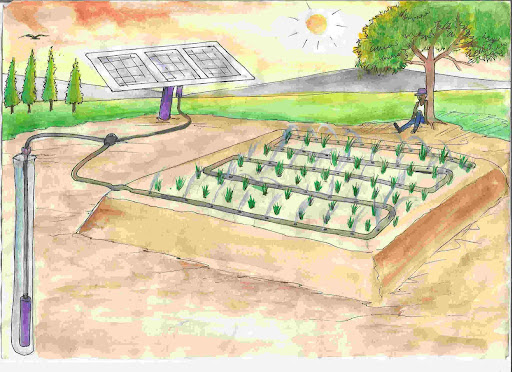
Submersible Pump Working with Drip Irrigation.
Solar Panels.
Solar panels provide power to the pump, it is important the level of electrical power of the pump be consistent with the electrical power of the panels. Having a larger solar panel allows the pump to heat up earlier and add more power as the sun gets more intense.
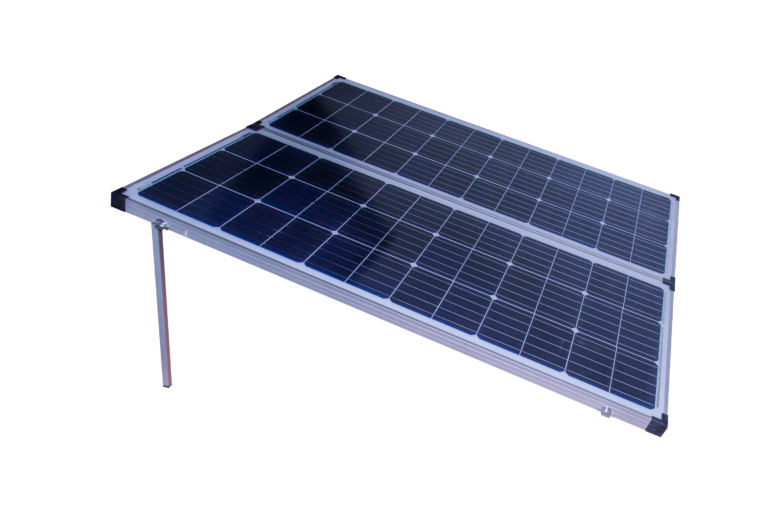
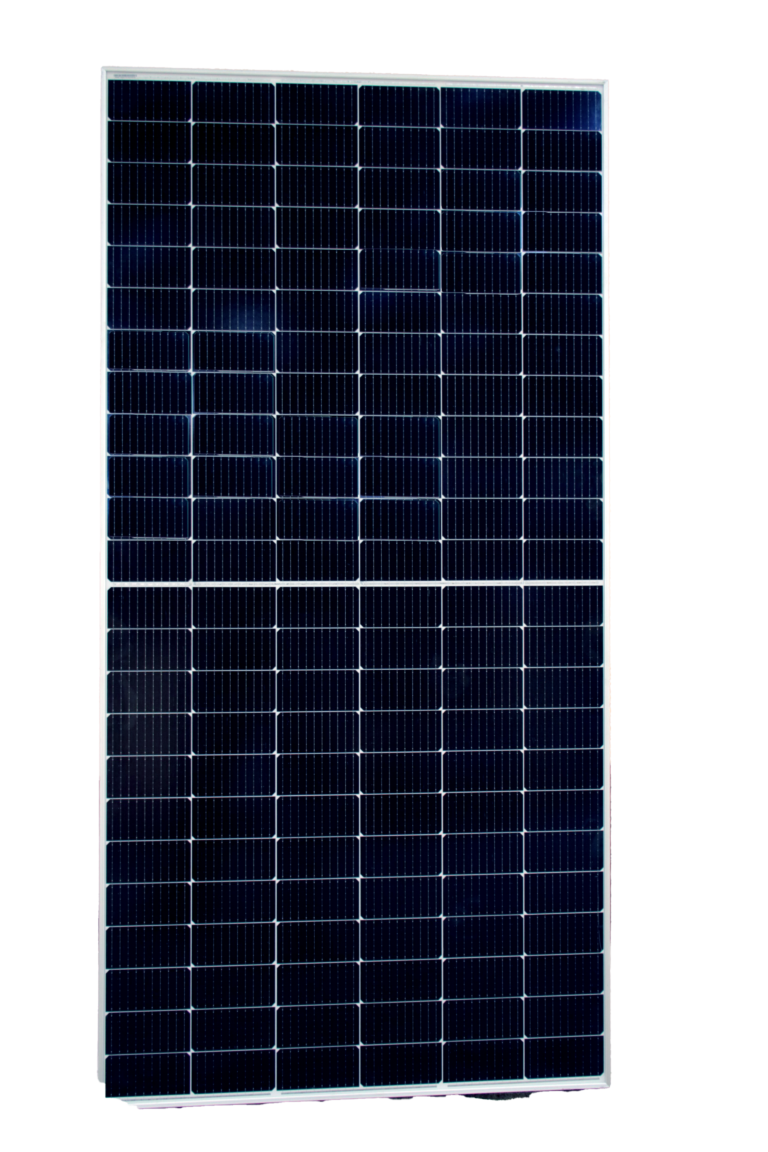
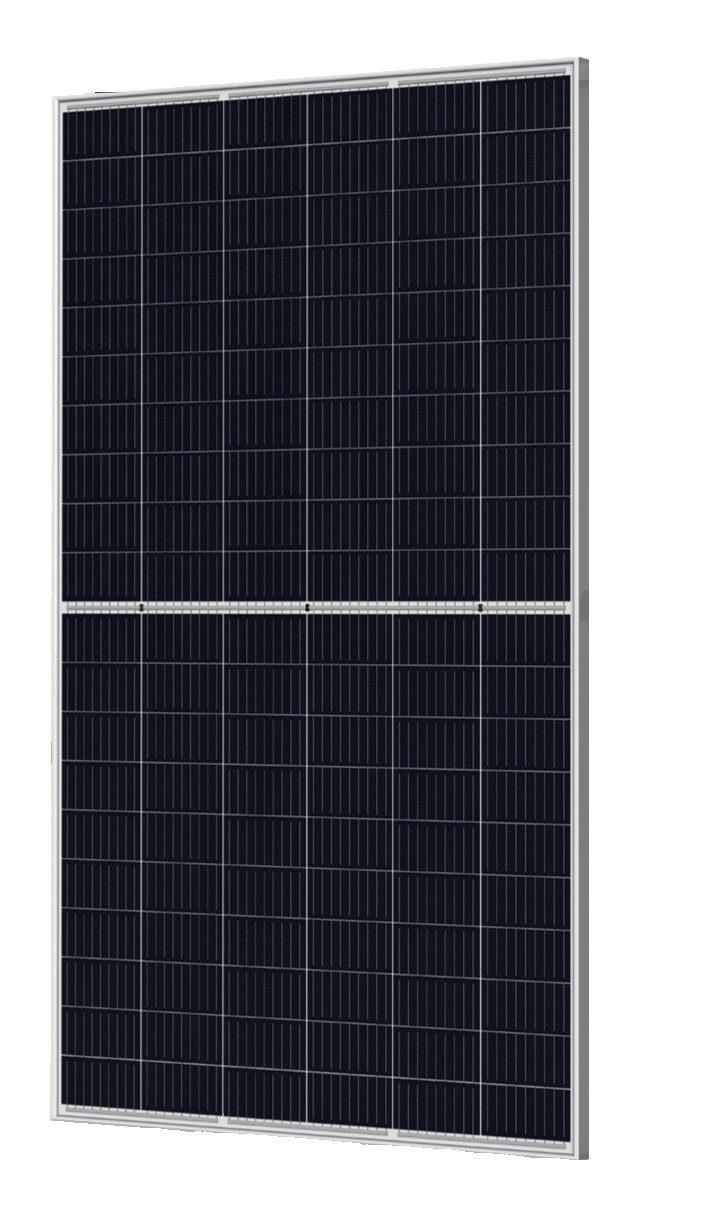
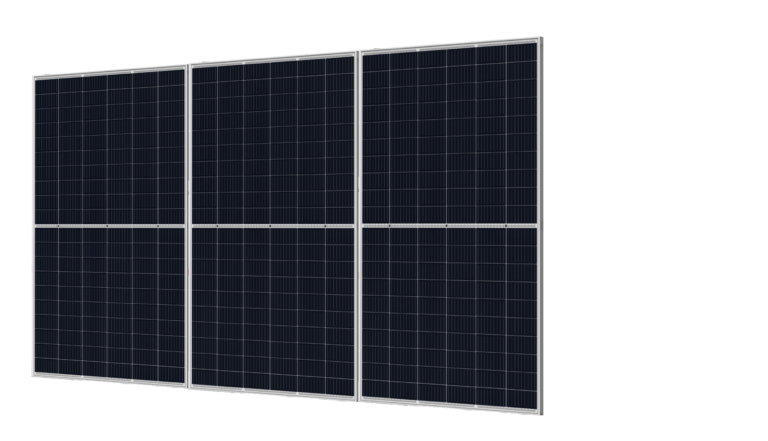
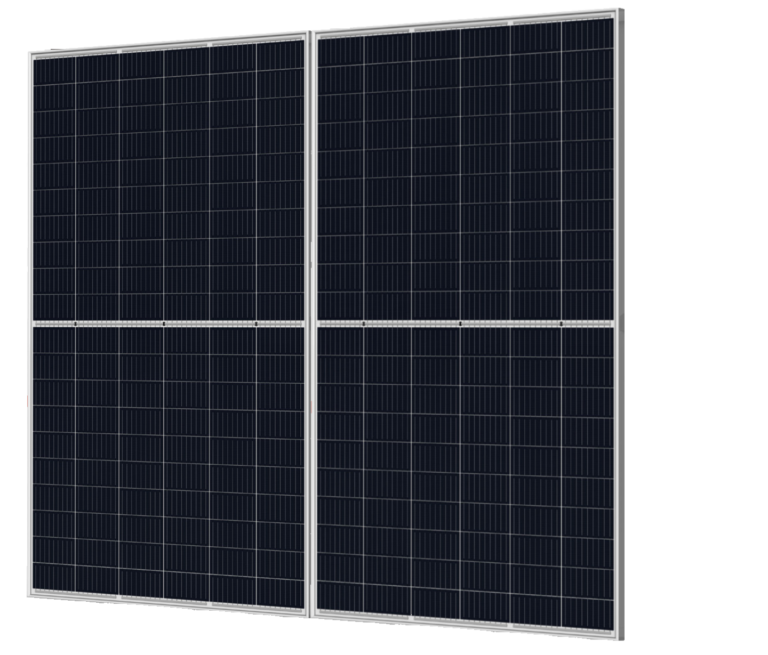
Design of solar water pumping system.
In order to select the right pump for a particular field, the following should be considered:
Tulima Solar has several options for surface pumps, depending on the size and characteristics of the farm.
1. Source of water 2. The daily water needs as per; a) Crops grown (water requirements of cultivated crops) b) Size of small farm production c) Total farm size 3. Variation of elevation from water source to the highest point of field (TDH) 4. Lowest depth of water in summer (if it is borehole) 5. Distance from source to the farthest distance for pumping water on a farm 6. Distance from the pump to a solar panel or solar array
